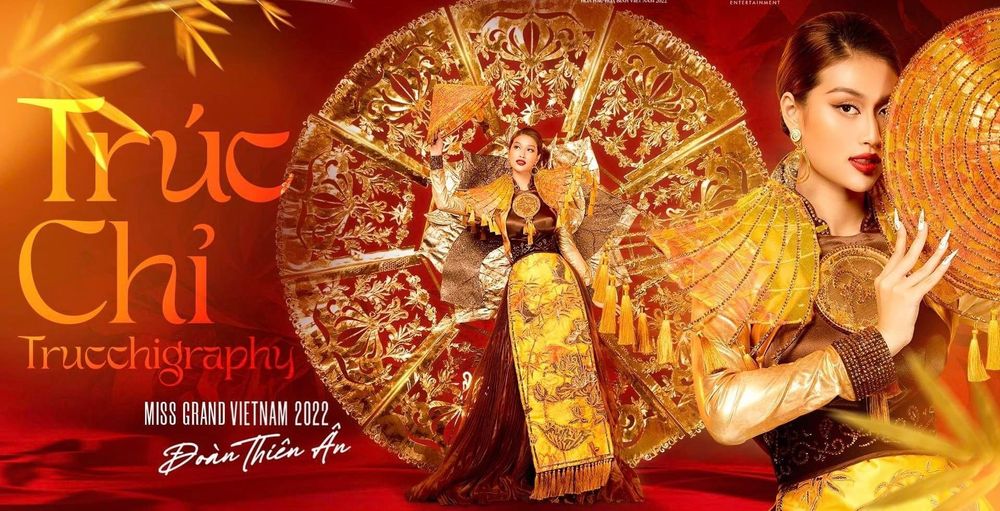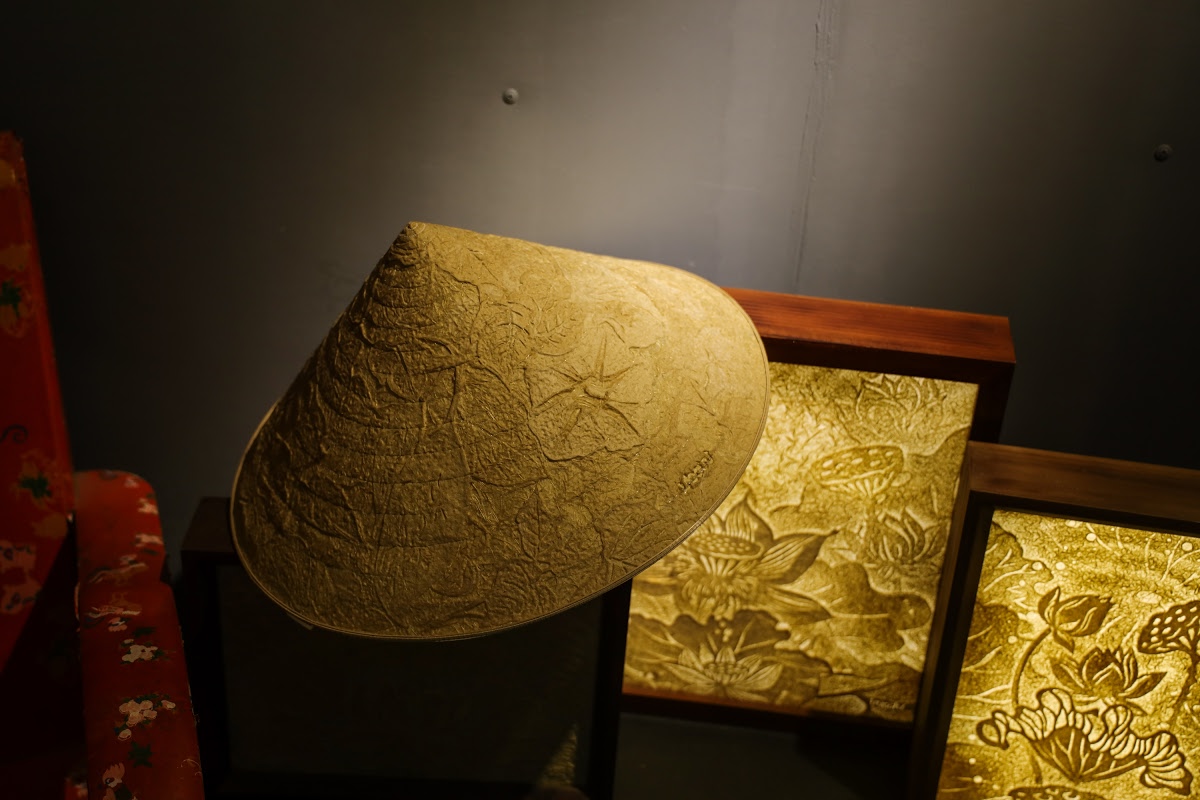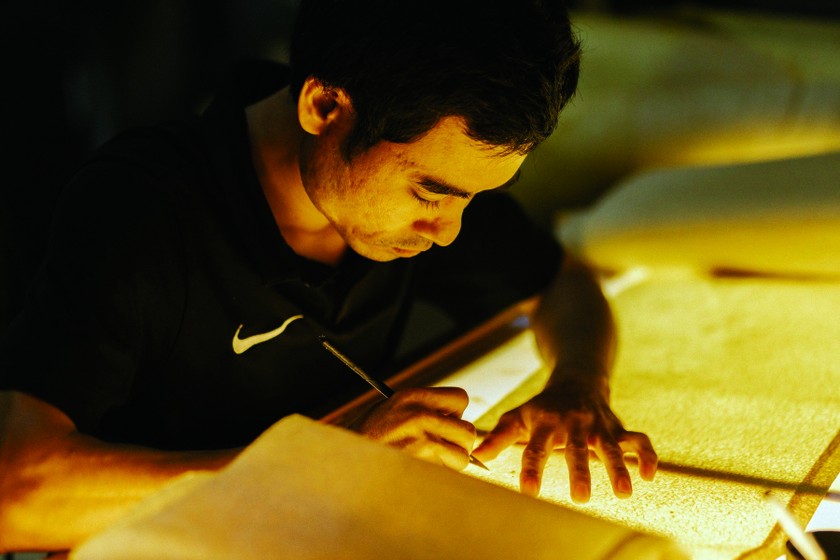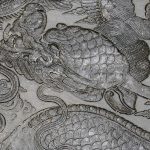In Truc chi, paper is not just a material but a work of art.

Miss Thien An brought a Truc Chi painting to Miss Grand International

Truc chi was created with the core concept of “Giving “paper” the ability to escape its status as a “background” to become an independent work”.

Trucchi can completely be a work of art in itself with bold graphic language; On the other hand, Trucchi is also ready to “dialogue” with the shaping signals placed on top of it.

Besides, Truc Chi also fully meets the diverse and special requirements of applied arts in various types such as product design, interior and exterior, costumes, fashion, jewelry…





